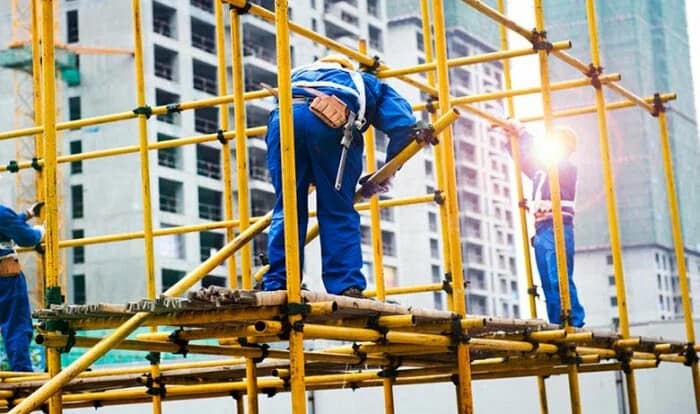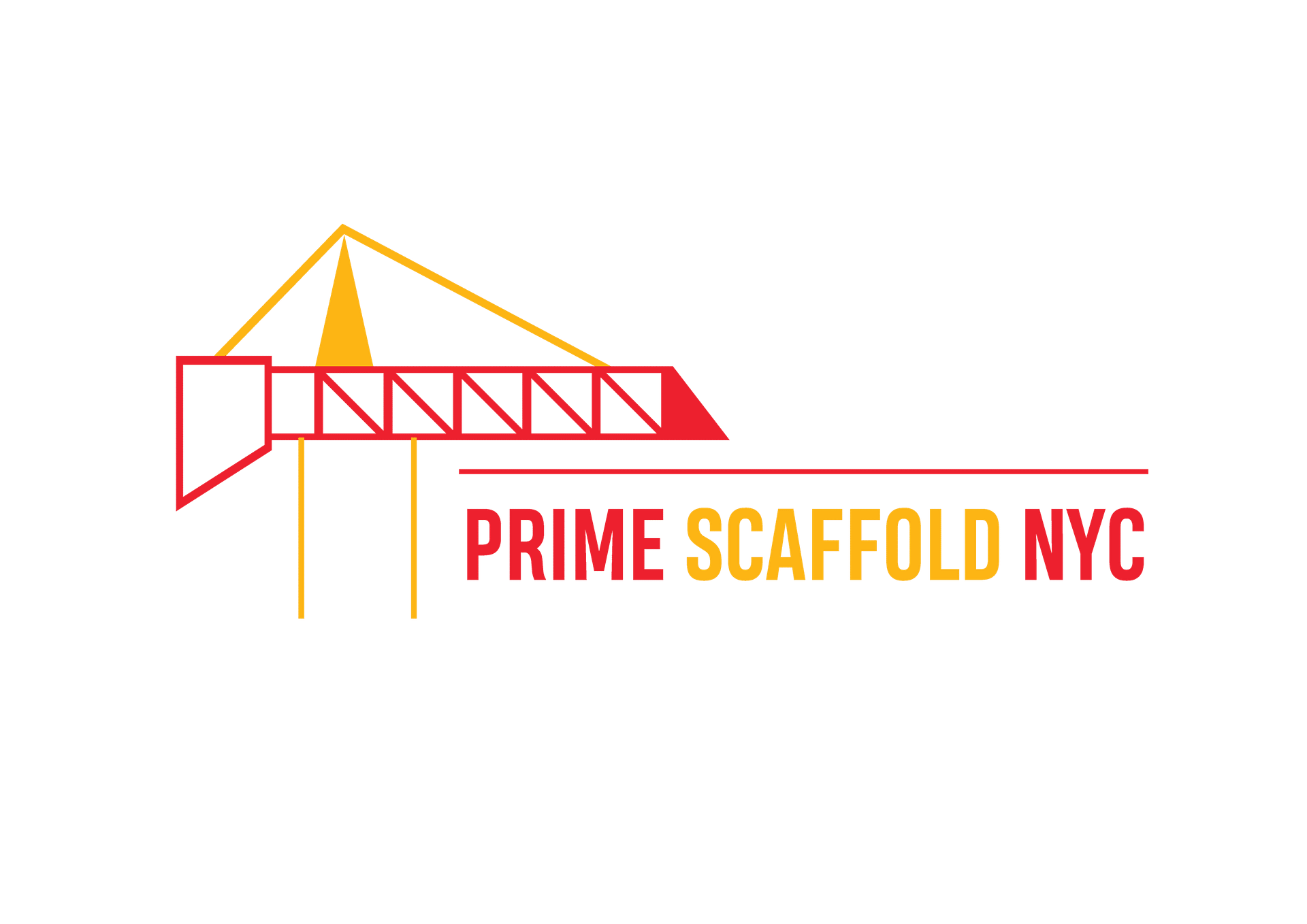
Introduction
In a dynamic urban environment like New York City NYC, where construction, renovation, and façade maintenance are continuous processes, scaffolding services form a critical component of the construction industry. Scaffolding companies are not just equipment providers they are safety partners, logistical coordinators, and regulatory experts essential to project success.
This article explores the role of scaffolding companies in NYC, the regulatory context they operate in, key selection criteria, and industry trends.
The Role of Scaffolding Companies
Scaffolding firms in NYC contribute in several vital ways
- Erection and dismantling of temporary access systems, such as supported scaffolds and sidewalk sheds, allowing safe vertical access for workers and materials
- Design and customization of scaffold systems suited to unique building conditions, heights, and structural needs
- Regulatory compliance, ensuring that scaffolding structures meet the NYC Building Code and Department of Buildings DOB requirements
- Risk management by reducing exposure to gravity-related hazards and contributing to safer work environments
- Enhancing workflow efficiency, enabling tradespeople to access work areas safely and efficiently, thus maintaining project timelines
Regulatory and Safety Environment
Operating within NYC construction industry involves navigating stringent regulatory requirements
- Scaffolds must comply with NYC Building Code and be inspected regularly by qualified professionals
- Designs often require approval from licensed engineers or architects, particularly for complex or high rise structures
- Pedestrian protection is mandated, often requiring sidewalk sheds and overhead protection in public areas
- The New York Labor Law Section 240, commonly known as the Scaffold Law, imposes strict liability on contractors and property owners for gravity-related injuries. This heightens the responsibility of scaffolding companies to provide safe and compliant systems
Selecting a Scaffolding Company Key Criteria
- Proven Experience: Look for a track record with similar building types and project scopes
- Safety Record: Choose companies with robust OSHA compliance, incident-free histories, and certified crews
- Regulatory Competence: Ensure the company understands local permitting, filing procedures, and inspection requirements
- Engineering and Equipment Quality: High quality materials and innovative scaffold designs can greatly impact project safety and success
- Insurance Coverage: Adequate general liability and workers compensation insurance protect all stakeholders
- Timeliness and Responsiveness: Companies that respond quickly and work within tight urban schedules provide significant value
- Transparent Pricing: Full breakdowns of rental, installation, dismantling, and regulatory costs are essential for budgeting
Industry Trends and Challenges
- Urban Density and Pedestrian Protection: NYC dense architecture necessitates scaffolding that minimizes disruption while ensuring public safety
- Technology Integration: Use of advanced planning tools and façade inspection technologies such as drones is increasing
- Long Term Installations and Urban Impact: Some scaffolding, especially sidewalk sheds, remain longer than necessary. City initiatives are pushing for more timely removals and aesthetic improvements
- Increased Regulatory Scrutiny: Delays in permit filings or code violations can lead to costly fines, making compliant scaffolding firms even more critical
- Insurance Pressures: High liability insurance costs in NYC can influence pricing and limit competition in the market
What do scaffolding companies in NYC do?
They provide design, installation, rental and dismantling of scaffolding and sidewalk sheds for construction projects.
Why is scaffolding important in New York City?
Scaffolding ensures worker safety, public protection and access for high rise construction and facade repairs.
What regulations must NYC scaffolding companies follow?
They must comply with NYC Building Code, DOB permits, and the New York Scaffold Law.
What is the Scaffold Law in NYC?
It is a labor law that holds contractors and owners strictly liable for gravity related injuries involving scaffolds.
How long can scaffolding stay up in NYC?
There is no fixed limit, but long term installations require renewal of permits and regular inspections.
What types of scaffolding are used in NYC?
Common types include frame scaffolding, supported scaffolds, suspended scaffolds and sidewalk sheds.
Do scaffolding companies in NYC need insurance?
Yes, they must carry general liability and workers compensation insurance due to high legal risks.
How do I choose a good scaffolding company?
Look for experience, safety records, DOB compliance, engineering support, and timely service.
Are sidewalk sheds the same as scaffolding?
Sidewalk sheds are a type of scaffold used to protect pedestrians below construction areas.
Can scaffolding be customized for unique buildings?
Yes, many companies offer engineered solutions tailored to the building height, shape, and façade access needs.
Conclusion
Scaffolding companies are essential players in NYC construction ecosystem, delivering services that ensure safety, access, and compliance. Whether you are managing a façade restoration, high rise construction, or maintenance work, choosing the right scaffolding partner is vital.
By prioritizing experience, safety standards, engineering capability, and customer responsiveness, developers and contractors can align their projects with the city’s complex demands while minimizing delays and risks.
- By: Addaim
- 0 comment



Leave a Reply